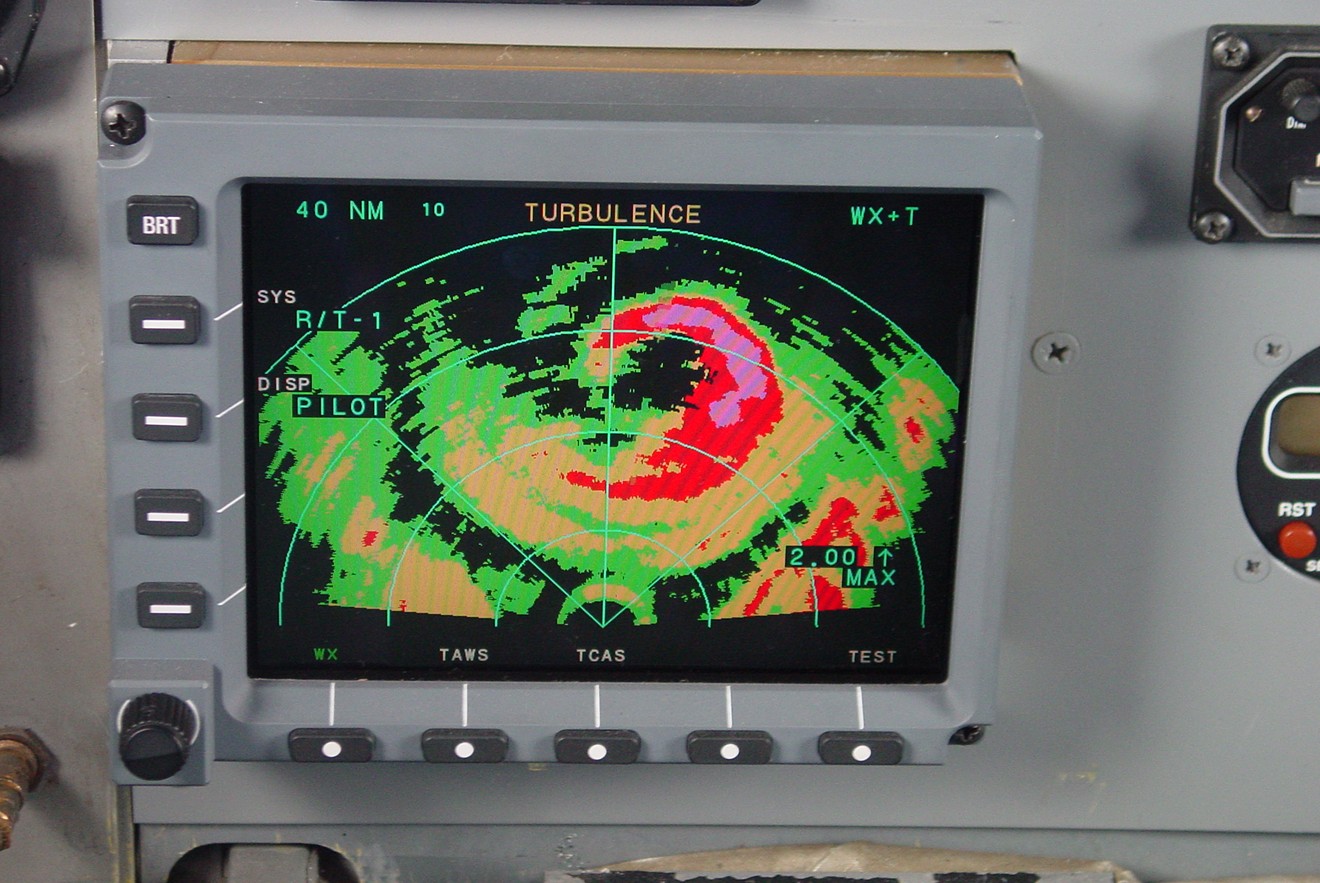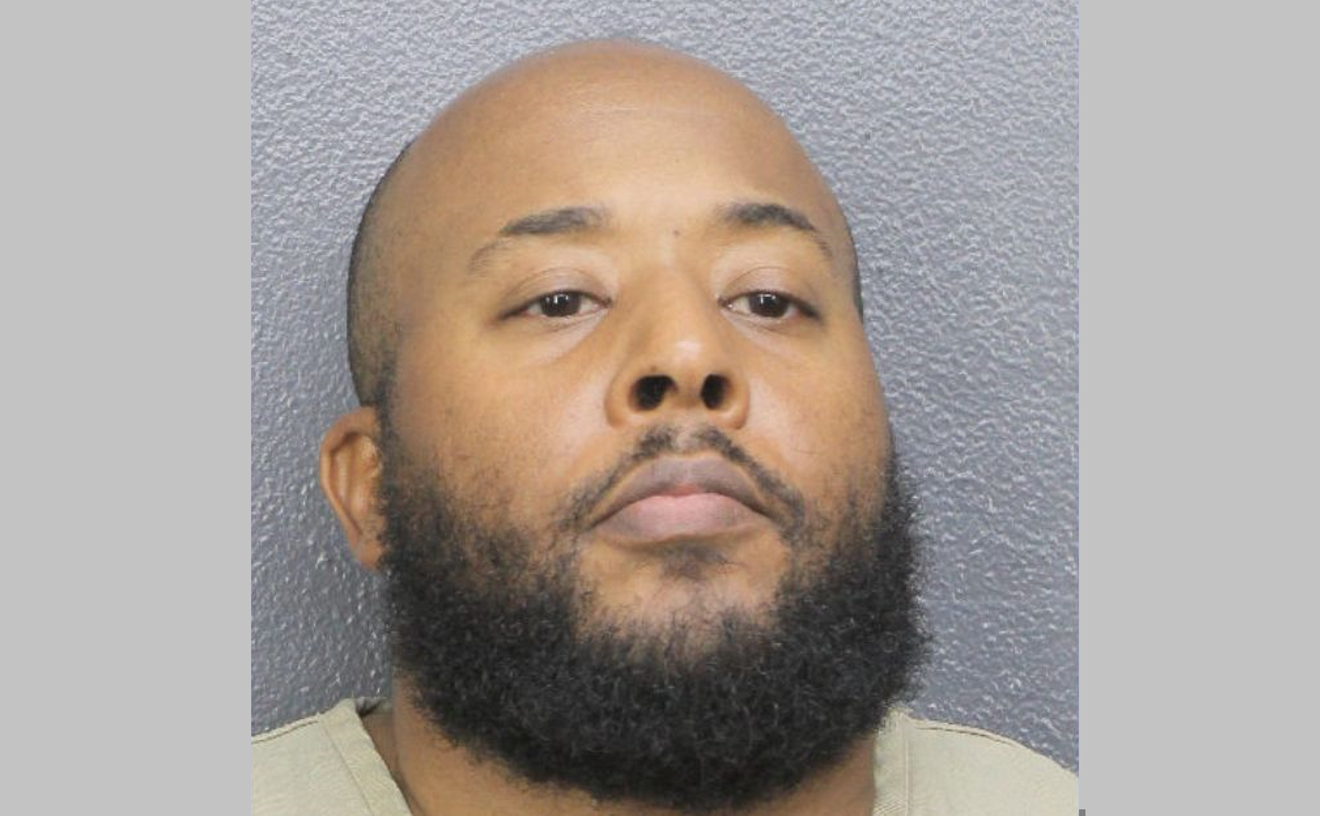But the season may be even more unpredictable than usual. The weather pattern known as El Niño is expected to clash with warm temperatures in the Atlantic Ocean, as the latter facilitates hurricane activity and the former hinders it.
According to the National Oceanic and Atmospheric Administration, five to nine of the storms could become hurricanes and one to four might develop into major hurricanes, meaning a Category 3, 4, or 5 storm with winds 111 miles per hour or higher. Forecasters are predicting a 40 percent chance of a "near normal" season, a 30 percent chance of an "above normal" season, and a 30 percent chance of a "below normal" season.
Working in Florida's favor, El Niño's sod of a sister, La Niña — which typically increases Atlantic hurricane activity and has been plaguing the tropics for the last few hurricane seasons — appears to be on the outs. The El Niño weather pattern is expected to take over and contribute to the suppression of Atlantic hurricane activity by increasing vertical wind shear, which can rip developing tropical systems apart in the Atlantic Basin.
Nonetheless, experts warn that climate change and the currently warmer-than-normal sea surface temperatures in the tropical Atlantic can counteract El Niño's effects and fuel more intense storms.
Climatology and weather researcher Brian McNoldy tells New Times that it's too early to tell how these competing meteorological forces will pan out, but that the interplay between them is likely to determine how many times Floridians have to bust out the hurricane shutters this year.
"Let's say El Niño doesn't come in as strong during the peak of the season as the current outlook suggests and the sea surface temperatures stay anomalously warm throughout the deep tropics, that will win out and we'll end up with a pretty active season, I suspect," says McNoldy, senior research associate at University of Miami's Rosenstiel School of Marine, Atmospheric, and Earth Science.
"I think my bet would be on the warmer ocean playing a larger role so maybe a slightly above-average season. My only reason for that is that when storms are faced with a warm ocean, especially warmer than the average would be, it's really a kick for them right there and then, whereas El Niño's effect on activity is kind of an indirect one."
Ahead of last year's hurricane season, NOAA's Climate Prediction Center expected a seventh consecutive year with an above-average hurricane season. The 2022 season wrapped up, however, in the "near normal" category with 14 named storms and eight hurricanes, two of which were major.But what is weird about this anomaly is that the cooling of the western pacific isn't happening yet... The whole ocean is abnormally warm... so is the Atlantic. What this means for El Niño, & the global weather teleconnections is uncertain to say the least. This isn't good news. pic.twitter.com/RZeUkJZiY4
— Dr Thomas Smith 🔥🌏 (@DrTELS) May 30, 2023
"A near-normal season might sound good in comparison to some of the other hurricane seasons we've had in the past few years, think back to 2020 and 2021, but there is nothing good about a near-normal hurricane season in terms of activity," National Hurricane Center director Michael Brennan said at a May 31 press conference. "That's the activity we had across the basin last year and we had a catastrophic hurricane landfall in southwest Florida with Ian; we had Fiona affect Puerto Rico; we had hurricane landfall in Florida in November with Nicole."
Hurricane Fiona, a Category 1, ripped through the southwest coast of Puerto Rico in September 2022, knocking out the power grid, destroying homes and roadways, and unleashing catastrophic flooding with its historic levels of rainfall.
Fiona was quickly followed by Ian, who decimated the southwest coast of Florida with more than 13 feet of storm surge in Fort Myers Beach. According to NOAA, the Category 4 hurricane caused more than 160 deaths and over $112 billion in total damage, making it the costliest and one of the most deadly storms ever to strike Florida.
A rare late-storm Hurricane Nicole made landfall in November along the east coast of Florida near Vero Beach with heavy rain and powerful wind gusts. The storm caused extensive beach erosion along the coast including Volusia County with portions of the beach washed away.
Meteorologists and forecasters urge residents to be prepared this season, noting that Hurricane Andrew, which decimated Dade County in 1992, strengthened into a Category 5 storm despite the El Niño effect.
"It only takes one storm affecting your area to make it a busy season for you," Brennan said. "Everybody across this country has to prepare. Ask the people of Fort Myers beach what they had experienced in terms of storm surge before Hurricane Ian made landfall last year. Just because you lived somewhere for 30 years, 50 years, your entire life, and you haven't seen flooding, storm surge affect your area, that doesn't mean it can't happen."









